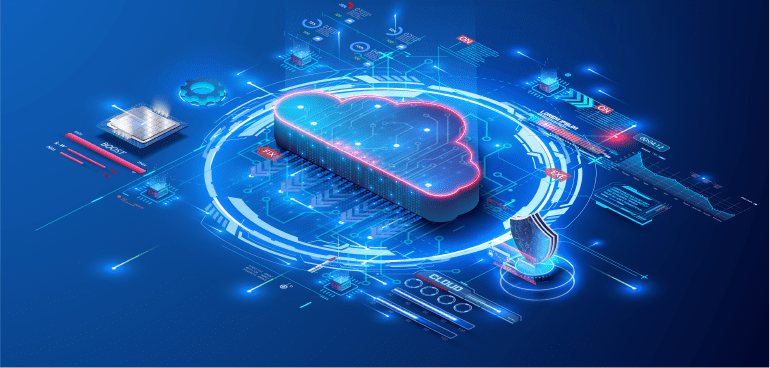

From Monolith to Microservices: A Comprehensive Guide to Migration
The shift from monolithic architecture to microservices has become a strategic move for organizations seeking agility, scalability, and improved development processes. In this comprehensive guide, we’ll explore the intricacies of migrating from monolith to microservices, covering key concepts, challenges, and best practices.
1. Understanding Monolithic Architecture
Subheading: “Defining Monolithic Architecture”
- Provide an overview of monolithic architecture.
- Discuss the characteristics of a monolithic application.
Subheading: “Advantages and Challenges”
- Explore the advantages and challenges of monolithic architecture.
- Discuss limitations in terms of scalability and agility.
2. Introduction to Microservices Architecture
Subheading: “Decomposing the Monolith”
- Discuss the concept of breaking down a monolith into smaller, independent services.
- Explore the advantages of a microservices approach.
Subheading: “Key Principles of Microservices”
- Introduce key principles such as independence, decentralization, and resilience.
- Discuss how microservices foster flexibility and maintainability.
3. Planning for Migration
Subheading: “Assessment and Analysis”
- Discuss the importance of assessing the current monolithic system.
- Explore tools and methodologies for analyzing dependencies and interactions.
Subheading: “Defining Service Boundaries”
- Highlight the significance of defining clear service boundaries.
- Discuss strategies for identifying and delineating microservices.
4. Strategies for Migration
Subheading: “Big Bang vs. Incremental Approach”
- Compare the big bang approach to an incremental migration strategy.
- Discuss the pros and cons of each approach.
Subheading: “Strangler Pattern”
- Introduce the strangler pattern as a gradual migration strategy.
- Discuss how it allows the coexistence of monolithic and microservices components.
5. Addressing Challenges in Migration
Subheading: “Data Management and Consistency”
- Discuss challenges related to data management and consistency.
- Explore strategies for handling data in a microservices environment.
Subheading: “Communication and Integration”
- Explore challenges in communication and integration between microservices.
- Discuss solutions such as API gateways and event-driven architectures.
6. Tools and Technologies
Subheading: “Containerization and Orchestration”
- Introduce containerization and orchestration tools (e.g., Docker, Kubernetes).
- Discuss their role in simplifying the deployment and management of microservices.
Subheading: “Service Mesh”
- Discuss the concept of service mesh for managing microservices communication.
- Explore popular service mesh implementations.
7. Monitoring and Governance
- Subheading: “Ensuring Visibility and Control”
- Discuss the importance of monitoring and governance in a microservices architecture.
- Explore tools and practices for ensuring visibility and control.
8. Best Practices for Microservices Development
Subheading: “DevOps Culture and Automation”
- Highlight the role of a DevOps culture in microservices development.
- Discuss the importance of automation in continuous integration and deployment.
Subheading: “Testing Strategies”
- Discuss testing strategies for microservices, including unit testing and contract testing.
- Explore the role of automated testing in maintaining reliability.
Conclusion: Embracing Microservices for Future Growth
As organizations navigate the complex journey from monolith to microservices, the benefits of increased agility, scalability, and maintainability become evident. This comprehensive guide serves as a roadmap, offering insights into planning, strategies, challenges, and best practices for a successful migration. Embracing microservices architecture positions organizations for future growth and adaptability in the ever-evolving landscape of software development.



